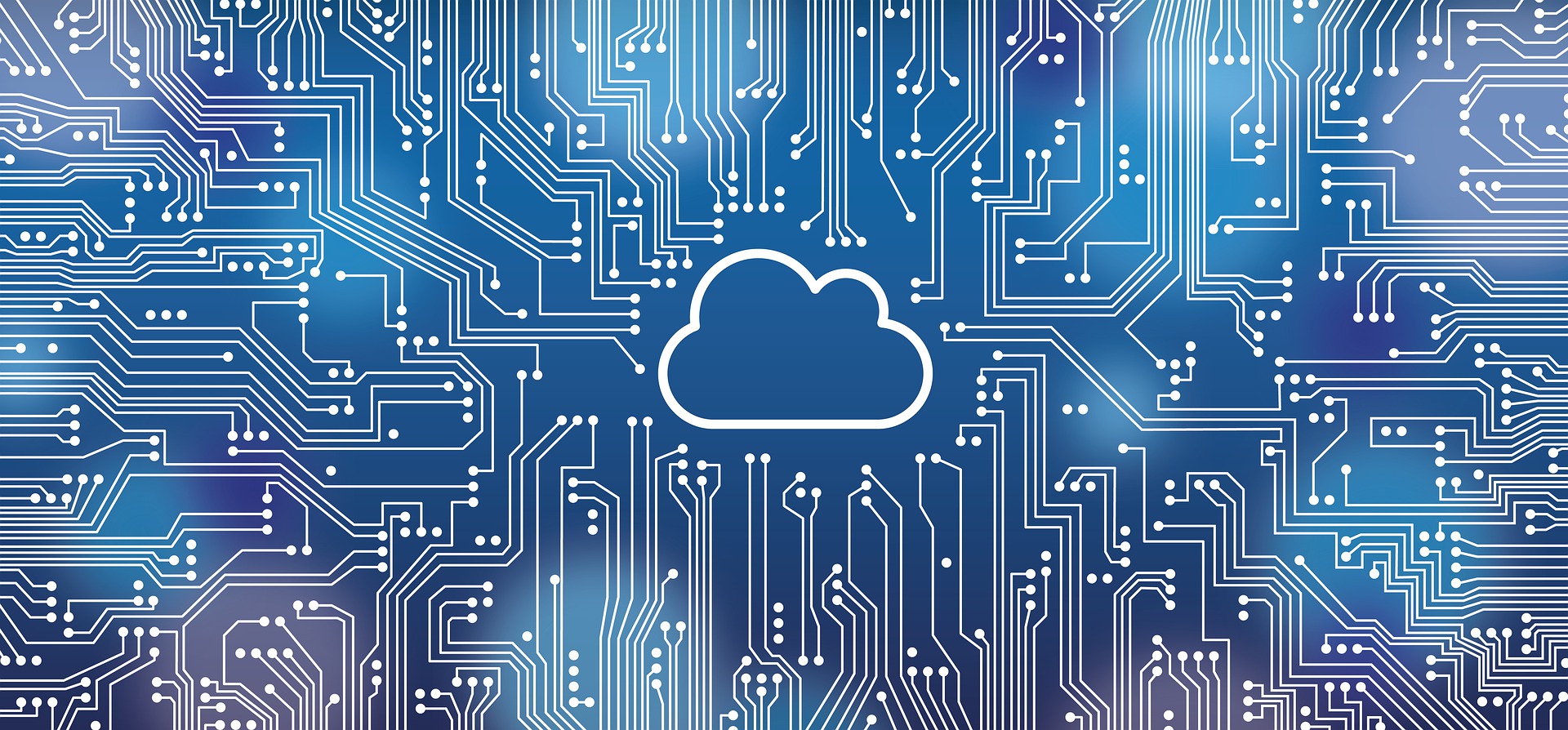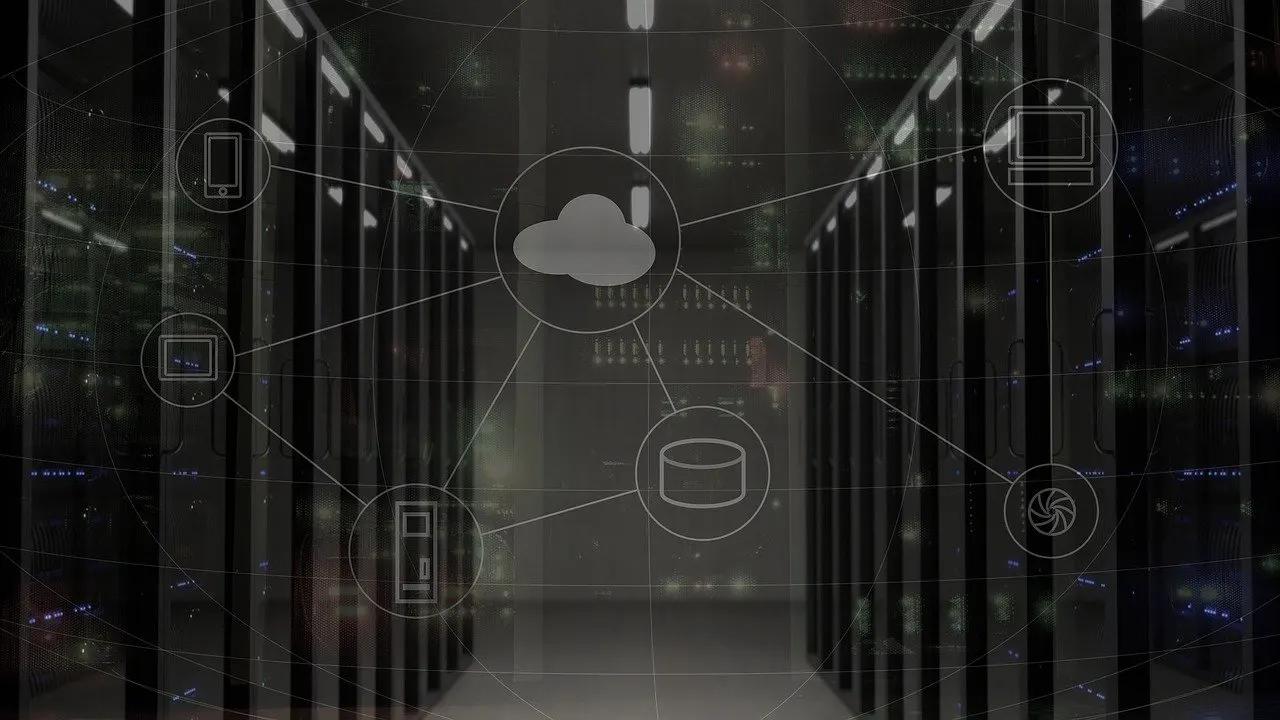Welcome to the world of Infrastructure as a Service (IaaS), where businesses can scale their IT infrastructure without the burden of hefty upfront costs. In this comprehensive guide, we will delve into the concept of IaaS and explore how it empowers startup founders and entrepreneurs to build a flexible and scalable IT infrastructure that can grow with their business. Whether you’re new to the concept or looking to optimize your existing infrastructure, this article will provide you with the knowledge and insights you need to harness the power of IaaS.
What is IaaS?
Infrastructure as a Service (IaaS) is a cloud computing model that provides businesses with virtualized computing resources over the internet. With IaaS, organizations can access and manage their IT infrastructure, including servers, storage, and networking components, without the need for physical hardware or on-premises data centers. This flexible and scalable solution allows startup founders and entrepreneurs to leverage computing resources on-demand, paying only for what they use, and eliminating the upfront costs and maintenance associated with traditional infrastructure setups. In essence, IaaS empowers businesses to focus on their core competencies while leaving the management and scalability of their IT infrastructure to the cloud service provider.
How Does IaaS Work?
IaaS works by giving businesses access to virtualized computing resources that a cloud service provider hosts and manages. When utilizing IaaS, organizations can access and control their infrastructure components, such as servers, storage, and networking, through a web-based interface or API. The cloud service provider takes care of the underlying hardware, including maintenance, security, and scalability, while the business retains control over its applications, data, and operating systems. This allows startup founders and entrepreneurs to easily scale their infrastructure up or down based on their needs, pay for only the resources they use, and focus on their core business objectives without the burden of managing physical hardware or data centers.
How Does IaaS Differ from Other Cloud Service Models?
Infrastructure as a Service (IaaS) differs from other cloud service models, such as Platform as a Service (PaaS) and Software as a Service (SaaS), in the following ways:
- Level of Service: IaaS provides businesses with virtualized computing resources, including servers, storage, and networking components. PaaS, on the other hand, offers a platform for developing and deploying applications, while SaaS provides ready-to-use software applications.
- Control and Customization: With IaaS, businesses have more control and flexibility over their infrastructure components. They can customize their virtual machines, operating systems, and applications. In contrast, PaaS and SaaS offer pre-configured platforms and software, limiting the level of customization.
- Responsibilities: In IaaS, businesses are responsible for managing and maintaining their applications and data. They have control over the operating systems and applications running on the infrastructure. In PaaS, the cloud service provider manages the underlying infrastructure, while businesses focus on developing and deploying their applications. SaaS providers handle all aspects of the software, including maintenance and updates, relieving businesses of most management responsibilities.
- Scalability: IaaS offers the most scalability, as businesses can easily scale their infrastructure up or down based on their needs. PaaS and SaaS have predefined scalability options, limiting the level of flexibility.
- Technical Expertise: IaaS typically requires more technical expertise and management from the user, as they are responsible for configuring and maintaining their infrastructure. PaaS and SaaS abstract away much of the underlying infrastructure management, making them more accessible to users with limited technical knowledge.
- Cost Structure: IaaS follows a pay-as-you-go model, where businesses only pay for the resources they use. PaaS and SaaS often have fixed pricing structures based on usage or subscription fees.
IaaS provides businesses with more control, customization, and scalability over their infrastructure, while PaaS and SaaS offer higher-level services with reduced management responsibilities and increased ease of use.
What are the Main Characteristics of IaaS?
Scalability
IaaS offers the ability to scale infrastructure resources up or down based on the needs of the end users. This scalability allows businesses to easily accommodate fluctuations in demand and avoid overprovisioning or underutilization of resources.
Flexibility
With IaaS, businesses have the flexibility to choose and configure the cloud infrastructure resources that best suit their requirements. They can select the operating system, applications, and development platforms that align with their specific needs.
Automated Processes
IaaS platforms are designed to automate various tasks, such as provisioning and managing virtual machines, storage, and networking. This automation streamlines operations, reduces manual effort, and improves efficiency.
Serverless Computing
IaaS often includes serverless computing capabilities, which allow businesses to run applications without the need to manage or provision servers. This serverless approach enables developers to focus on writing code and building applications, without worrying about the underlying infrastructure.
Complemented by Cloud Services
IaaS can be complemented by other cloud services, such as Platform as a Service (PaaS) and Software as a Service (SaaS). These services provide additional layers of abstraction and functionality, allowing businesses to further streamline their operations and focus on core business activities.
Managed by the Vendor
IaaS is managed by the cloud service vendor, who takes care of the underlying hardware, networking, and data center infrastructure. This relieves businesses from the burden of managing physical hardware and allows them to focus on utilizing the provided infrastructure to meet their specific needs.
What are the Benefits of Using IaaS for Businesses?
Here are the four key advantages of using IaaS, presented in a list format:
- Cost Savings: By leveraging IaaS, businesses can avoid significant capital expenditures associated with building and maintaining physical infrastructure. They can opt for a pay-as-you-go model, reducing financial risks and burdens while maintaining cost control.
- Agility and Scalability: IaaS allows businesses to quickly scale their infrastructure up or down based on their needs. This flexibility enables them to respond quickly to market changes, seize new opportunities, and avoid being limited by infrastructure constraints.
- Reliability and Disaster Recovery: IaaS providers typically have a robust infrastructure with redundant systems and data backups in different locations. This ensures high availability and minimizes the risk of downtime due to hardware failures or disasters. Many providers also offer disaster recovery services for business continuity.
- Improved Security: IaaS providers have dedicated security teams that implement and manage comprehensive security measures. These measures include firewalls, encryption, intrusion detection systems, and regular security updates. By leveraging the expertise and resources of IaaS providers, businesses can enhance their security posture and minimize the impact of security breaches.
- Focus on Core Competencies: By utilizing IaaS, businesses can offload the management and maintenance of infrastructure to the service provider. This allows them to focus their resources and expertise on their core competencies and strategic initiatives, rather than spending time and effort on infrastructure management. It enables businesses to allocate their resources more efficiently and drive innovation and growth.
What are the Security Considerations When Using Iaas?
When using Infrastructure as a Service (IaaS), businesses need to consider several security aspects. First, it is crucial to ensure that the IaaS provider has robust security measures in place, including encryption, firewalls, and intrusion detection systems. Additionally, businesses should implement strong access controls, regularly update and patch their systems, and conduct thorough vulnerability assessments. Data protection is also essential, and businesses should encrypt sensitive data both in transit and at rest. It is important to have a comprehensive incident response plan and regularly monitor and audit the infrastructure for any potential security breaches. Lastly, businesses should stay informed about the latest security threats and best practices to proactively address any emerging risks.
Conclusion
In conclusion, Infrastructure as a Service (IaaS) offers startup founders and entrepreneurs a powerful solution for building scalable and flexible IT infrastructure without the upfront costs of traditional hardware and data centers. By leveraging IaaS, businesses can benefit from cost savings, agility, scalability, reliability, and improved security. The pay-as-you-go model allows for greater cost control, while the flexibility to scale resources up or down enables businesses to adapt to changing needs. The robust infrastructure and disaster recovery capabilities of IaaS providers ensure high availability and business continuity. Moreover, the dedicated security measures implemented by IaaS providers enhance data protection and minimize the impact of security breaches. By embracing IaaS, businesses can focus on their core competencies, drive innovation, and achieve sustainable growth in today’s dynamic business landscape.
Final Thoughts
When it comes to security, Buzz Cybersecurity is the name you can rely on. Our comprehensive suite of services, including managed IT services, cloud solutions, and ransomware protection, is carefully tailored to meet the diverse needs of businesses. With our unwavering commitment to excellence, we provide an impenetrable shield against ever-changing cyber threats. Join the growing community of businesses in neighboring states that choose Buzz Cybersecurity as their trusted security partner and enjoy unparalleled peace of mind, knowing that your organization is protected by industry-renowned experts.
Sources
- https://aws.amazon.com/what-is/virtualization/
- https://www.chargebee.com/resources/glossaries/pay-as-you-go-pricing/
- https://www.linkedin.com/pulse/3-things-scalability-iaas-charlie-loo
- https://www.linkedin.com/advice/0/how-can-you-use-automation-orchestration-improve-8qjbc
- https://www.runn.io/blog/what-is-underutilization





